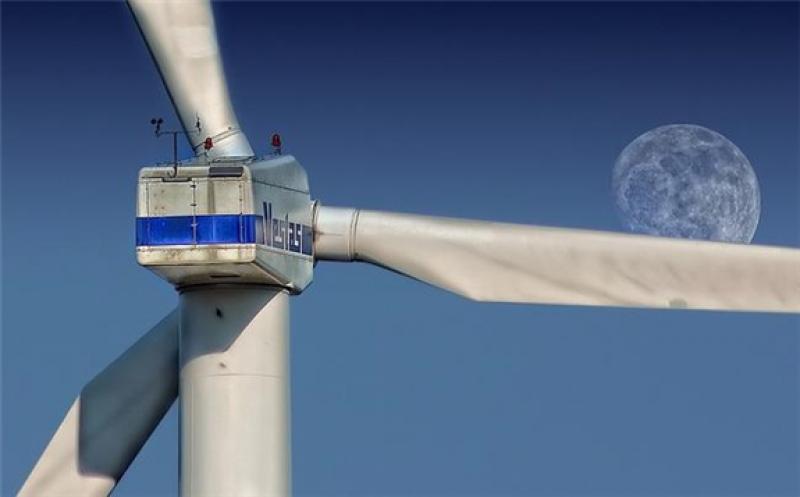Diab Group (Diab), a leader in sandwich composite solutions, has chosen SABIC’s new LNP™ COLORCOMP™ compound – which uses nanotechnology to reduce weight and improve mechanical properties of sandwich structures with polyethylene terephthalate (PET) foams – to be used as the core material of wind turbine blades.

The Swedish converter selected the SABIC compound over standard nucleators for production of its Divinycell PY PET foam core series. By reducing the foam’s cell size by a factor of up to two, while maintaining the same density and decreasing the cell size dispersity, LNP COLORCOMP compound helps enable the final part to be lighter and more efficient in use. These improvements to the core foam material can help designers create new, longer blades that address increasingly stringent standards for precision, weight and consistent quality, and contribute to greater overall energy generation.
Addressing Wind Energy Challenges
The market for wind power is expected to grow at a compound annual growth rate of approximately 7.9% from 2020 - 2025, according to Mordor Intelligence. To support this growth, wind turbine blade designs have increased in size and efficiency to boost energy generating capacity. In Europe, the average length of onshore wind turbine blades is 50 m (164 ft). In the US, blades also average 50 m, but their length is increasing, with some blades measuring up to 80 m (262 ft). Larger blades demand new designs and improved core materials.
Another challenge is extending the useful lifespan of wind turbines to amortise their capital cost. Thermoplastic materials, such as Diab’s PET foam, deliver strength, stiffness, durability and design freedom that can help increase blade life.
Also, thermoplastics can help improve the sustainability of wind turbine blades. There are growing concerns about how to recycle these massive, complex parts, most of which are currently landfilled. Using thermoplastic PET foams make turbine blades easier to recycle. PET foam solutions offer stable supply, cost-effectiveness, and consistent material properties.
Improving Foaming Processes
SABIC’s novel LNP COLORCOMP compound features a formulation that typically provides improved nucleation and helps to enhance the efficiency of the foaming process for a wide range of foam densities. By significantly decreasing foam cell size compared to standard nucleating agents such as talc and ensuring uniform cell size distribution, the SABIC product typically helps to reduce resin uptake by the foam during composite manufacture. Less resin contributes to a lighter-weight blade.
Another potential advantage of decreased cell size is the elimination of secondary foam processes or surface treatments that are used to close foam cells and decrease resin absorption. Further, smaller cell size and narrower size distribution can potentially deliver improvements in shear strength/strain properties that are not possible with conventional technologies or lower-density foams.
Beyond wind turbine blade core materials made with PET foams, SABIC’s new LNP COLORCOMP compound typically offers the opportunity to enhance foams used in other applications, such as marine, building and construction and packaging components. SABIC’s LNP COLORCOMP compound is available globally.